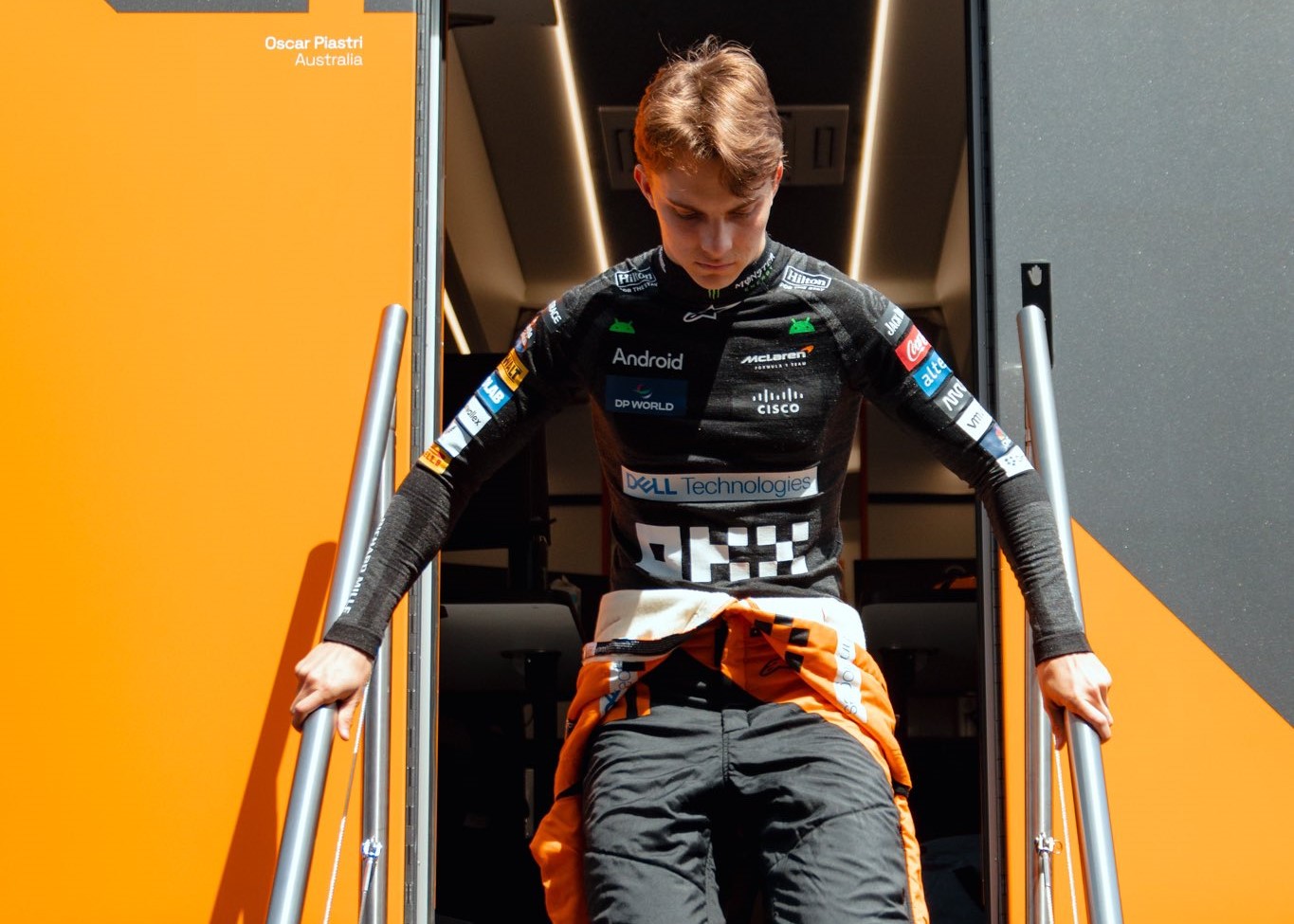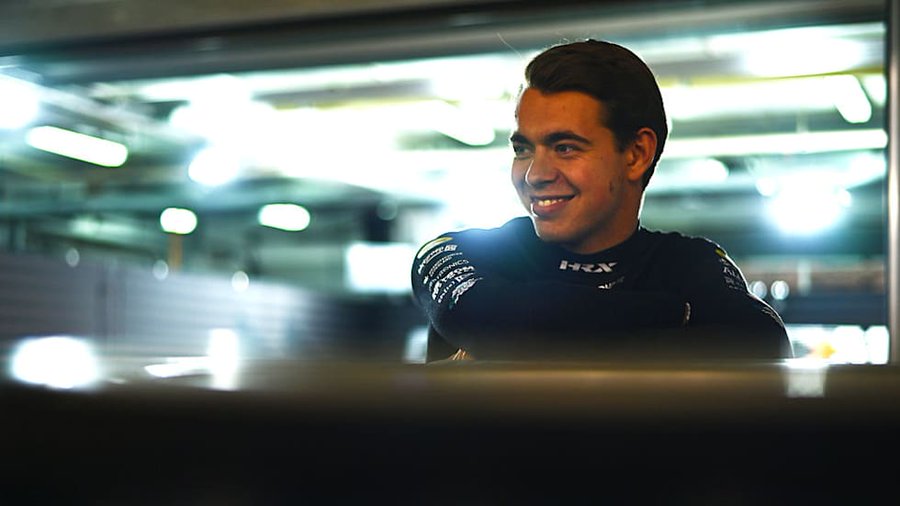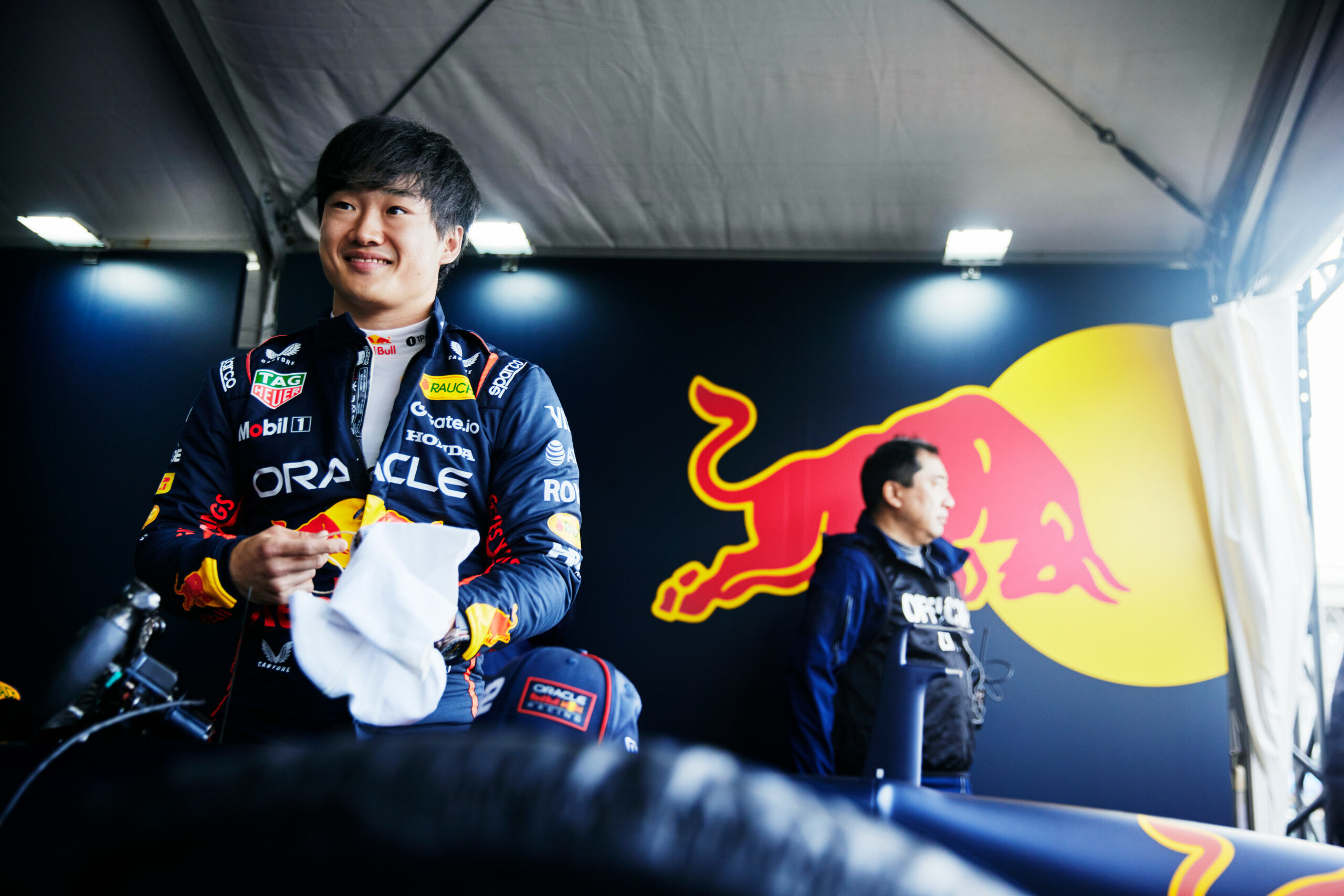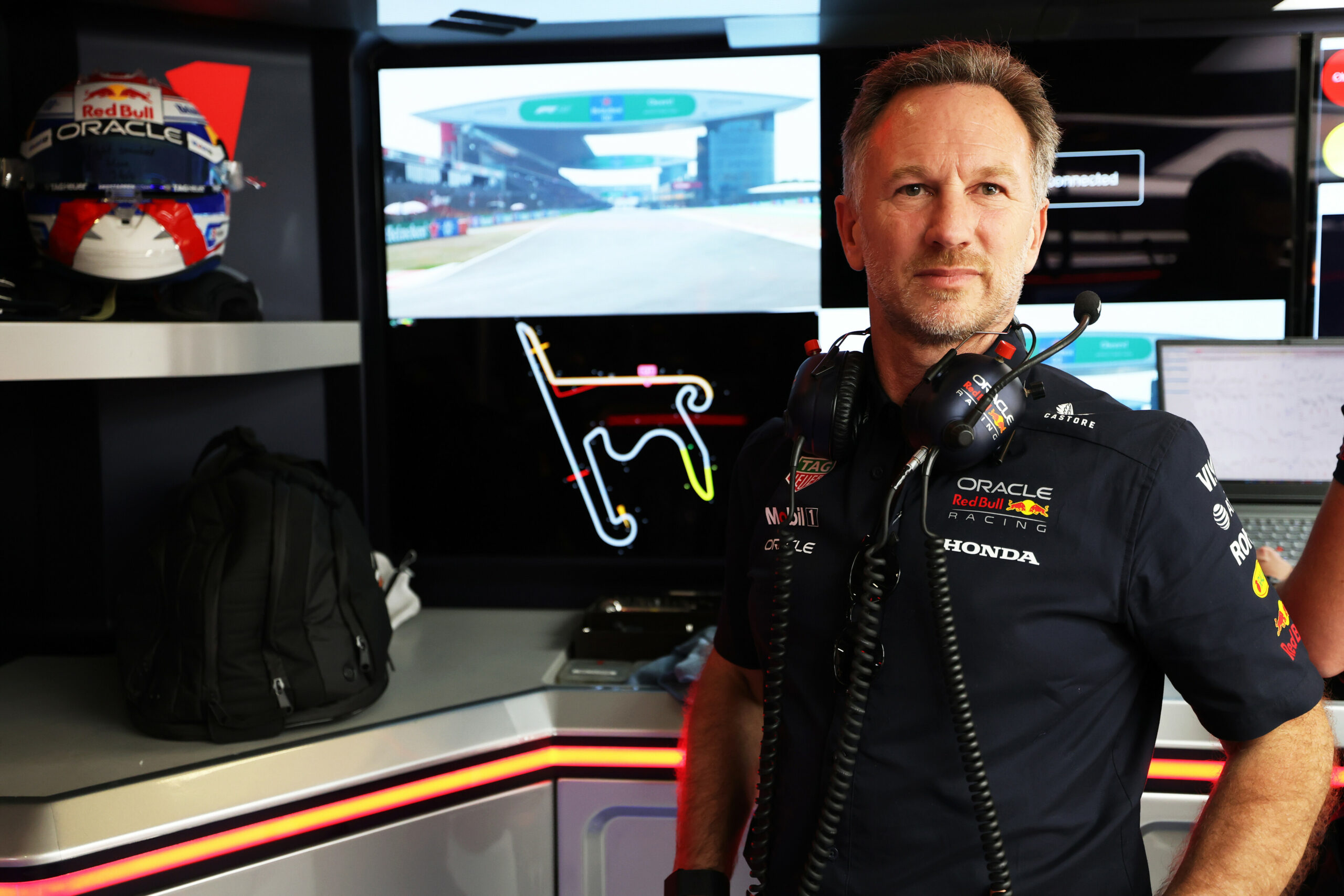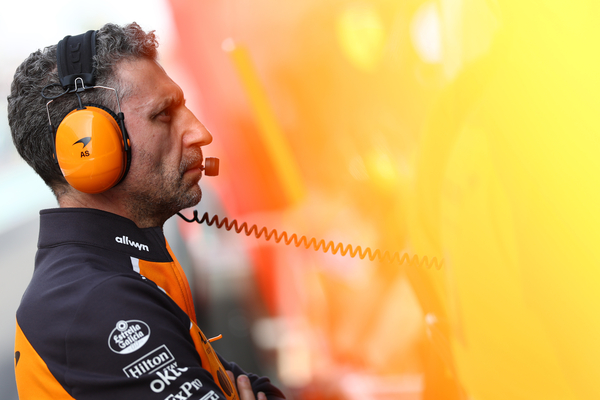FIA has rejected McLaren’s protest on the grounds that “it is inadmissible.”
McLaren had lodged a protest regarding the Austrian Grand Prix qualifying result, believing there is not enough substantial evidence to prove Oscar Piastri had violated track limits.
Having initially set the third fastest time in Q3, Piastri later dropped to 7th after his lap was deleted for a track limit violation at Turn 6. As the protest was dismissed, Piastri will line up 7th for the race on Sunday.
The protest was deemed invalid for three reasons: “It was addressed to the Clerk of the Course and not to the Chairperson of the Stewards (Article 13.5.1 ISC); It did not specify any relevant regulations (Article 13.4.1 ISC; It did not specify against whom the protest was lodged (Article 13.4.1 ISC).”
As a result, the protest failed to meet several criteria required for admissibility, and was consequently ruled inadmissible by the FIA. Additionally, the team forfeited its €2,000 deposit associated with filing the protest.
After qualifying, an incensed Piastri called the grid drop “embarrassing,” as he felt he hadn’t run wide on the lap in question.
“I mean, from where I was sitting, I thought I was in,” he said. “Obviously quite frustrating. I think we’ve done a lot of good work as a sport, getting rid of these track limits issues.
“Amazingly, I’ve managed to find that there is still one somewhere,” he quipped. “So yeah, just obviously very frustrating. For me it felt like the best Turn 6 I did all weekend.
“Obviously quite painful that it gets your lap deleted. Another centimetre to the right and I would have been in the gravel, my lap would have been over. And I think for me that’s what racing and F1 should be all about, pushing the limits and taking the risks.
“The laps we do out there are really pushing to the absolute limit—or over, it turns out. Just a shame that the white line was still a bit wider than my car.”
Taking Piastri’s adamance into consideration, McLaren reached out to the FIA to gain clarity on the ruling. Speaking after the session, Stella confirmed the team had lodged a protest regarding the matter.
“We lodged a protest which has been acknowledged but not been actioned yet, because we want to have the possibility to continue the conversation,” he said. “Like I say, our approach to racing is we don’t want what we don’t deserve but when the penalty is so harsh, then I think in the interest of sport—it’s not in the interest of McLaren—there needs to be clear evidence.
Stella explained McLaren’s reasoning: “We sought clarification in particular because we wanted to look at the evidence whereby the car was beyond the track limits beyond any reasonable doubt. I cannot say that the beyond reasonable doubt is satisfied.
“There’s a couple of principles. One is that the system used needs to have adequate resolution, and the second one is that the methodology used for one car needs to be applicable to all cars.
“If you use a helicopter view for a car, you need to use the helicopter view and it needs to be available for all cars. We are normally very supportive of the FIA. We always recognise that everyone is trying their best.
“But in this case, we couldn’t agree that the car is beyond the track limit beyond any reasonable doubt, and satisfying the two conditions I said before.”
Stella argued that the images presented to McLaren as evidence of Piastri exceeding track limits lacked the clarity needed to conclusively determine whether their driver had in fact done so.
Stella continued: “What we used is a fixed camera and a helicopter. But in both cases—and like I say, we really appreciate the massive effort to enforce the regulations, but I don’t think we can say that the resolution is adequate.
“We had a case last year in Qatar, when Lando [Norris] was spotted beyond the track limits by the helicopter view and there’s clear resolution and accuracy. The car is outside. Thank you very much, and we move forward.
“But in this case, it’s just everything blurred and affected by the shadow. It’s quite a lot to come here, compete, put together qualifying laps, and when the penalty is so severe, like having the lap deleted, then we need to make sure that the penalty is enforced beyond any reasonable doubt.”

